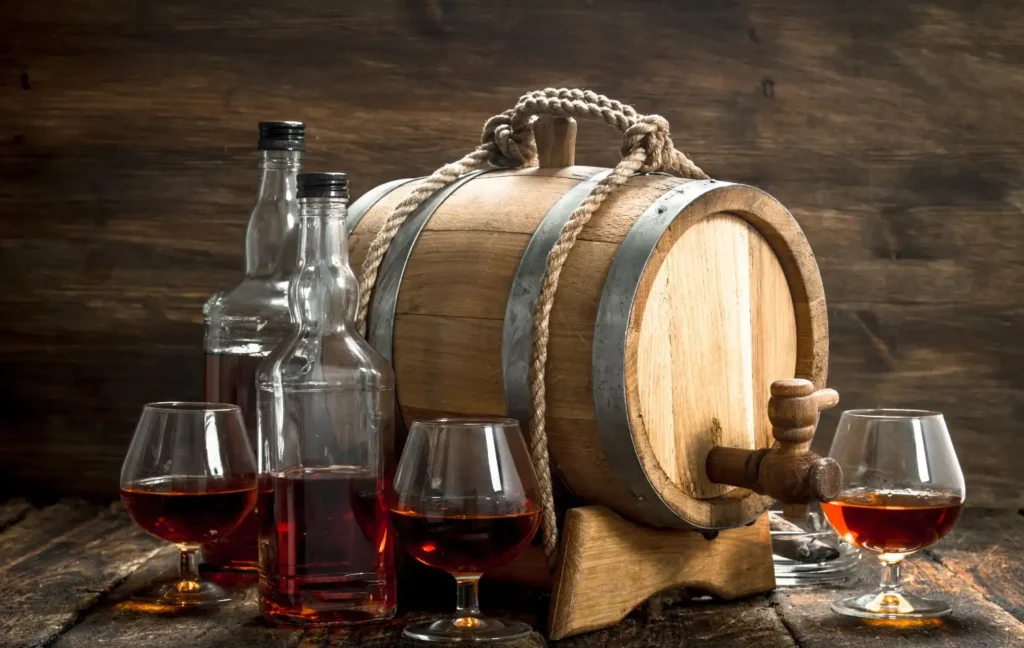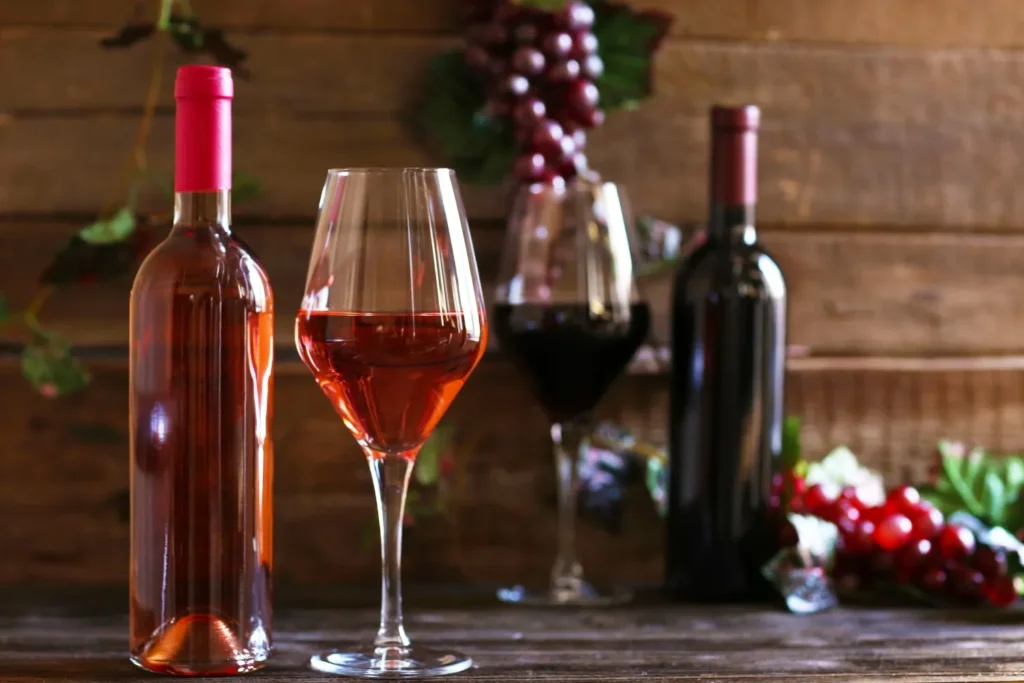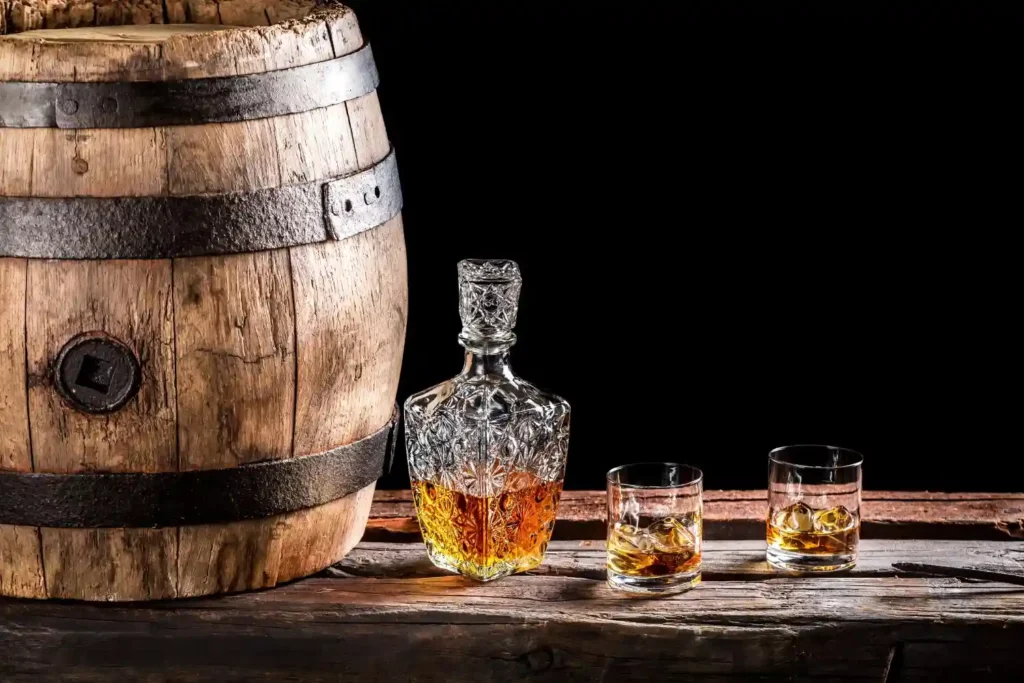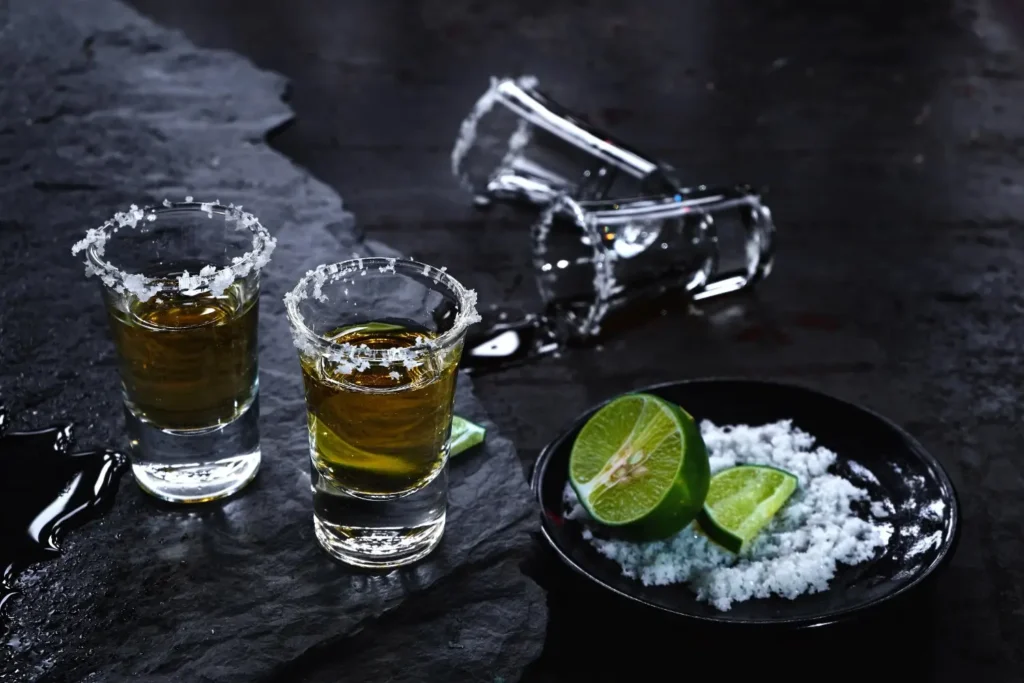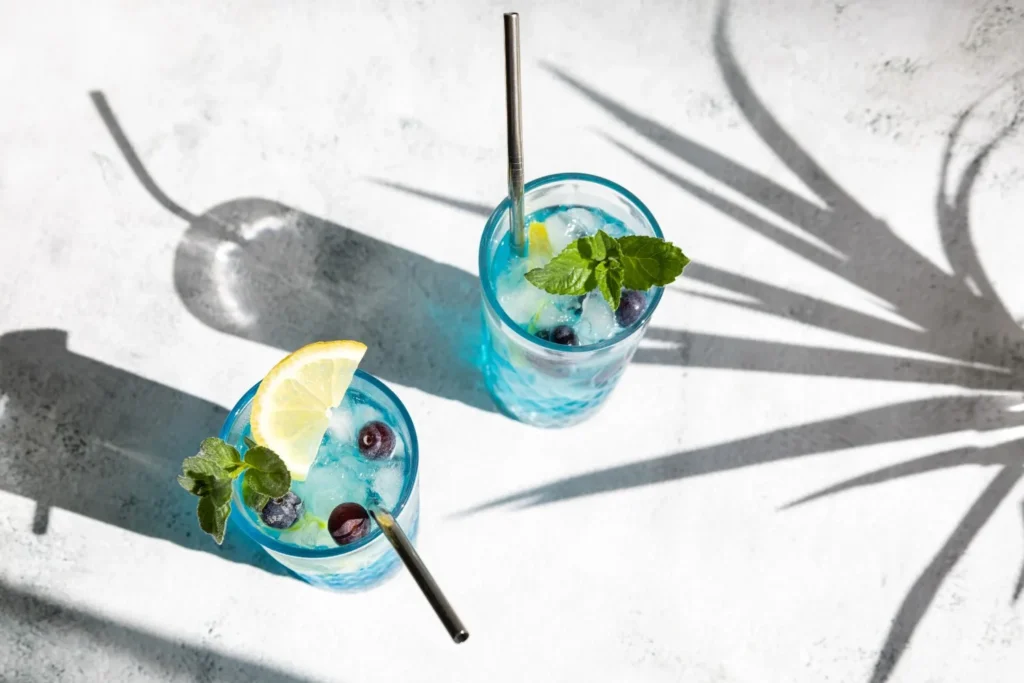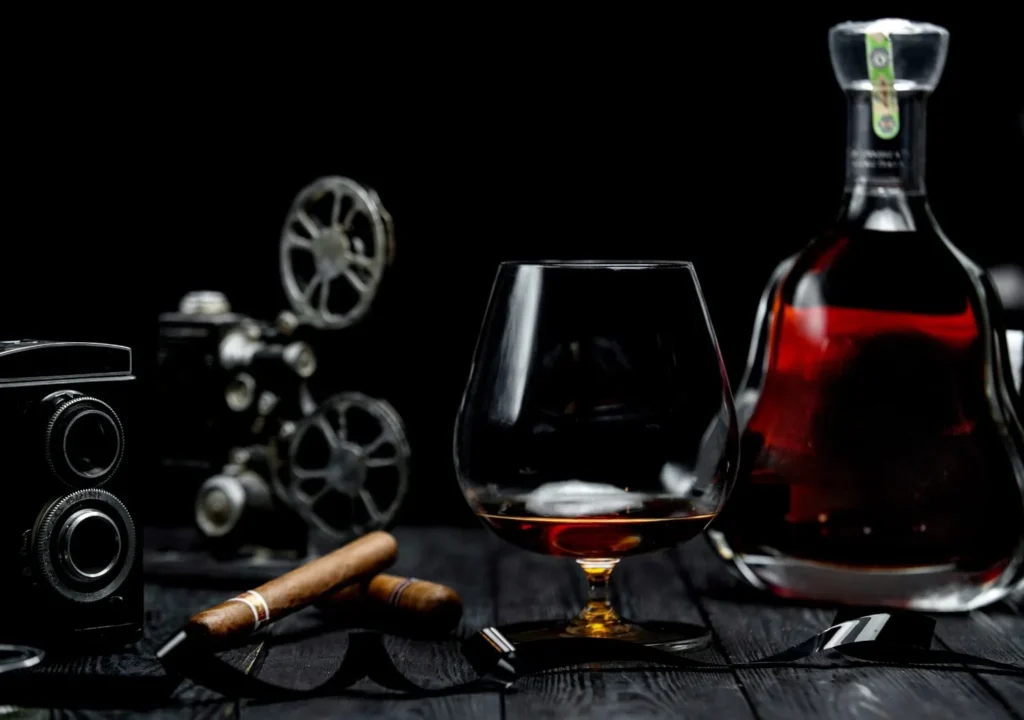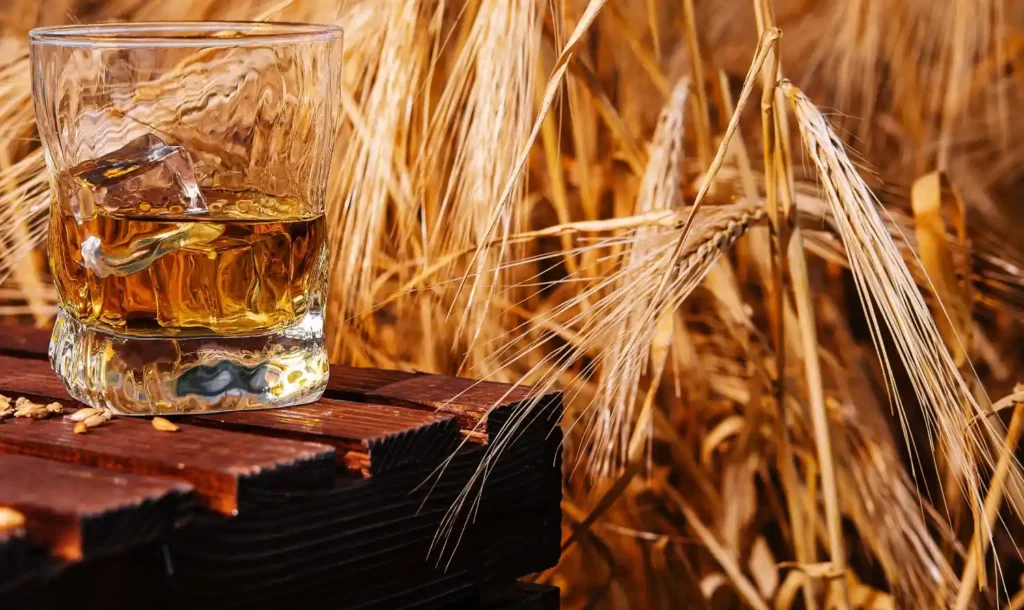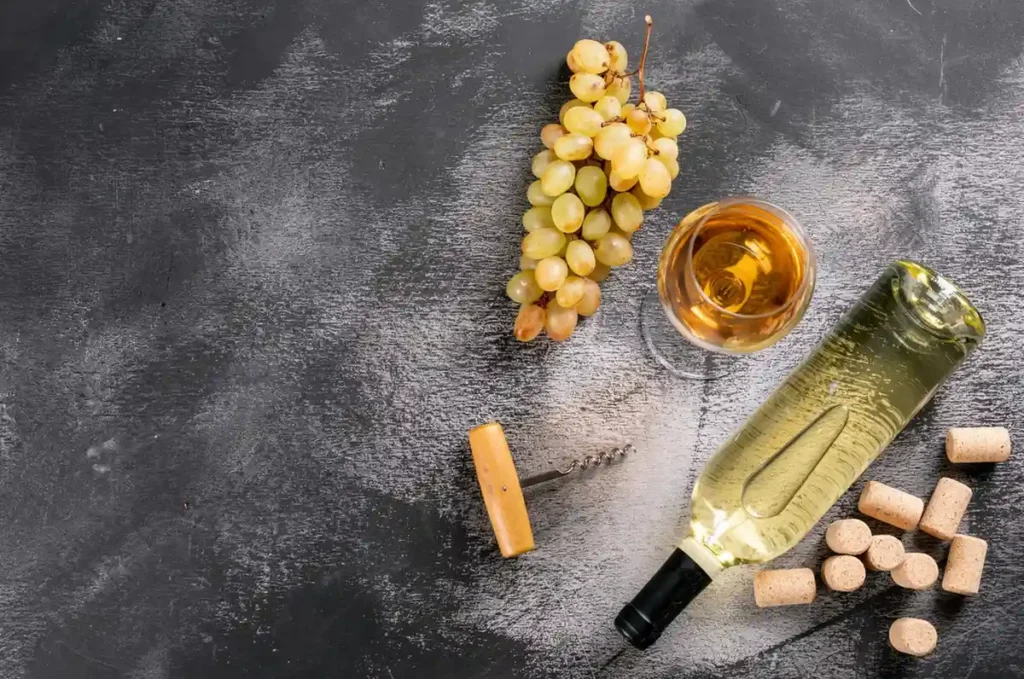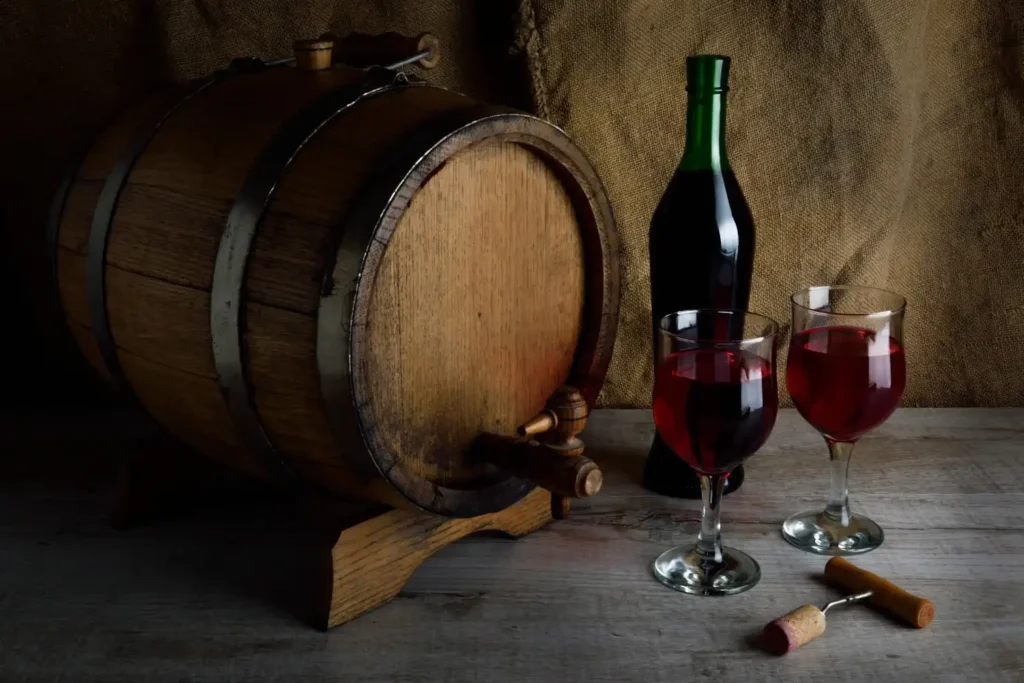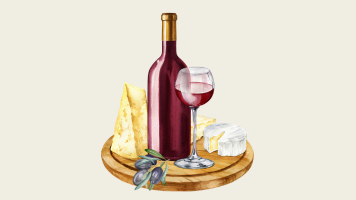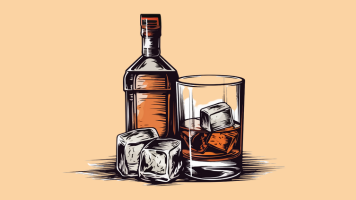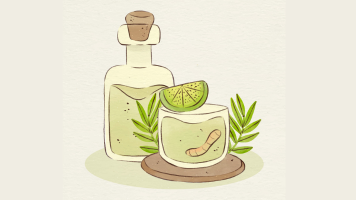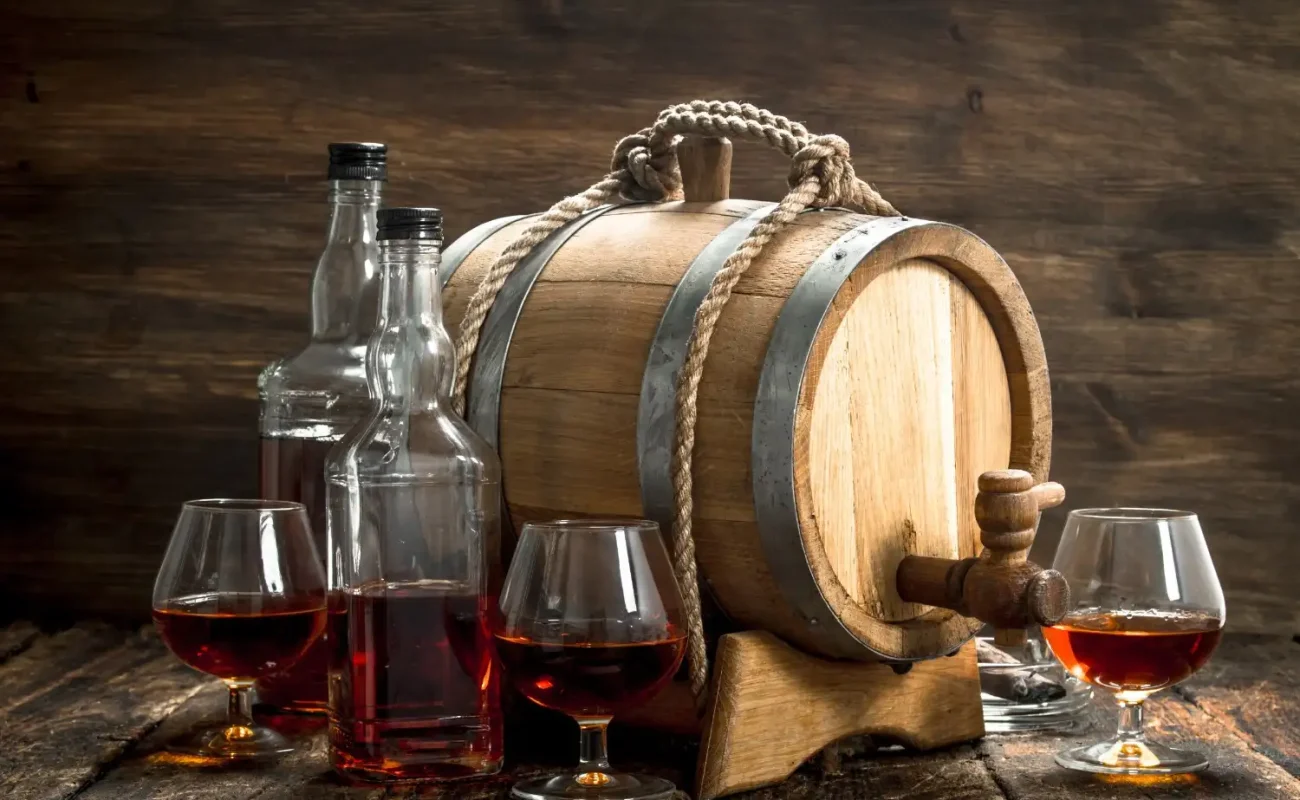
What Makes Single Malt Whiskey Taste So Alive in Barrels
Walk into a whiskey warehouse and it feels like stepping into a cathedral of time. The air hums faintly with oak, spirit, and patience. Row upon row of barrels breathe quietly in the dark, each one shaping something remarkable inside. And while it is easy to credit the distiller’s skill or the purity of the ingredients, the real magic happens where spirit meets wood.
The barrel is not just storage. It is a living, breathing partner that gives whiskey its color, aroma, texture, and soul. Whether you are sipping a Scotch single malt whiskey aged for decades or a premium single malt made in small batches, it is the oak that makes the difference. For centuries, master distillers have known that wood is not a container it is a collaborator. It shapes flavor, refines texture, and teaches patience.
The Barrel as a Living Workshop
When whiskey first runs off the still, it is crystal clear and fiercely strong. But the moment it is poured into an oak cask, the transformation begins. The wood breathes with the world outside expanding in the heat, contracting in the cold drawing the spirit deep into its grain. That movement extracts flavor, color, and complexity, turning raw alcohol into something layered and elegant.
That is why the barrel is often called whiskey’s second still. It does not simply hold the liquid it creates it. The magic of an aged single malt lies not in the years alone, but in the silent work of wood over time.
The Art of the Char
Before whiskey touches the wood, the inside of each barrel is carefully charred. This process caramelizes the wood’s natural sugars, forming a dark, aromatic layer that influences flavor from the start. The result? Notes of vanilla, toffee, spice, and smoke that define the world’s best single malt whiskey.
A lightly charred barrel gives soft sweetness and fruitiness, while a deeper char brings bold, roasted tones. The difference between the gentle warmth of an Irish spirit like Drumshanbo Galanta Single Malt Irish Whiskey and the smoky richness of a coastal Isle Of Raasay Single Malt Scotch Whisky begins with this fire-to-wood conversation.
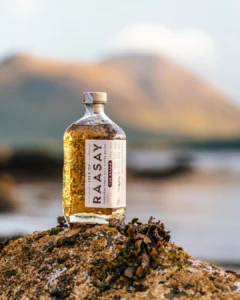
The Flavor Factory Inside the Wood
Inside the barrel, the whiskey and oak engage in a slow, patient exchange. The wood releases compounds like lignin, hemicellulose, and tannins, each shaping flavor in unique ways. Lignin breaks down into vanillin, bringing creamy sweetness. Tannins lend a subtle dryness that adds balance and structure. Hemicellulose produces caramel tones that deepen the color and aroma.
This is not guesswork; its natural science wrapped in artistry. The wood transforms spirit into something soulful, giving a premium single malt its depth and a small batch whiskey its personality. It is why distillers guard their cask sources so closely the right oak can define the destiny of a whiskey.
Breathing Life into the Spirit
Wood breathes. Through microscopic pores, air flows in and out, introducing oxygen that softens the spirit and develops complexity. This process, called micro-oxidation, turns fiery alcohol into a mellow masterpiece. Over the years, the whiskey absorbs wood sugars, releases harsh elements, and grows into harmony.
You can taste this maturity in well-crafted spirits like Drumshanbo Galanta Single Malt Irish Whiskey, which balances orchard sweetness with oak warmth, or the Isle Of Raasay Single Malt Scotch Whisky, where maritime air and slow maturation infuse subtle smoke and coastal salt. Both are proof that the barrel breathes life into the whiskey literally.
The Price of Perfection
As whiskey ages, a small amount escapes through the wood a loss known as “the angel’s share.” Though distillers joke about generous angels, this evaporation is essential. As liquid volume decreases, the flavors within become more concentrated. The air that slips in during the process adds softness and balance.
That is why older whiskeys, from aged single malt classics to rare expensive whiskey bottles, often taste deeper and richer. Every drop that remains has been refined by time, patience, and loss a quiet sacrifice that gives greatness in return.
The Slow Dance of Time
Aging is a delicate balance. Too little time, and whiskey feels raw. Too much, and wood can overpower its natural spirit. Somewhere between lies perfection a moment when oak, air, and alcohol sing in harmony.
Small barrels age faster due to more contact with wood, making them perfect for innovative small batch whiskey expressions. Larger casks allow slower, more complex development ideal for long-aging Scotch single malt whiskey. Distillers often reuse barrels once filled with sherry, bourbon, or wine, layering unique flavors of fruit, honey, or spice.
These small choices define the difference between an everyday bottle and the best single malt whiskey the kind that tells its story from the first nose to the last lingering note.
Climate The Hidden Distiller
Where a whiskey matures shapes its entire identity. In cool, misty climates like the Scottish Highlands, the aging process is slow and graceful. The whiskey breathes gently through the oak, absorbing the damp air’s subtle influence. This patience produces the rounded, elegant character found in spirits such as Isle Of Raasay Single Malt Scotch Whisky.
In contrast, warmer climates accelerate aging. The wood expands more frequently, pushing deeper flavors into the spirit in less time. That is part of the charm behind some imported whisky styles, where bolder flavors develop through heat-driven interaction. Whether in Ireland’s cool air or Scotland’s coastal breeze, the wood listens, reacts, and responds to its surroundings like a living organism.
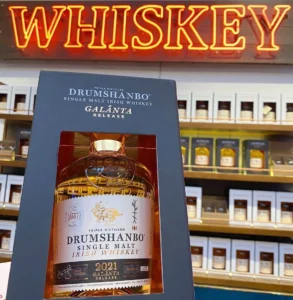
Whisky vs Whiskey
The spelling may differ whisky vs whiskey but the reverence for oak remains universal. In Scotland and Japan, distillers drop the “e,” while Ireland and America keep it. Beyond language, both traditions share one truth: the barrel is the soul of the spirit.
An Irish premium single malt like Drumshanbo Galanta Single Malt Irish Whiskey draws smooth, fruity warmth from ex-bourbon casks, while a Scottish creation like Isle Of Raasay Single Malt Scotch Whisky finds depth in sherry wood and coastal humidity. The result is not competition it is diversity. Each tradition speaks through oak in its own accent.
From Barrel to Glass
When a whiskey is finally bottled, it carries the memory of every year it spent in wood barrels. The deep amber color, the swirl of aroma, the layered taste all of it comes from oak. Pour it neat, or savor whiskey on the rocks to let the flavors unfold slowly.
The best bottles whether aged single malt, imported whisky, or a limited small batch whiskey are not about flash. They are about craftsmanship and time. Every sip reminds you that the spirit once lived inside a tree, and that patience gave it life.
The Soul of Oak
At its core, whiskey is about transformation. Oak turns something raw into something refined, something restless into something remarkable. It teaches the spirit patience and balance. That is why premium single malt expressions command respect they have survived fire, wood, and time to become something enduring.
From Drumshanbo Galanta Single Malt Irish Whiskey with its creamy, orchard-like elegance, to Isle of Raasay Single Malt Scotch Whisky, shaped by island breezes and rugged charm, each bottle is proof of the same truth: wood gives whiskey its heartbeat.
Without oak, there would be no flavor, no color, no soul just spirit. With it, whiskey becomes memory, art, and time distilled.
Conclusions
In the end, the story of whiskey is really the story of wood. Every single malt whiskey owes its soul to the tree that held it. The oak gives flavor, color, and life it turns spirit into something that feels human.
At Solis Group, we curate remarkable expressions that capture this spirit of tradition. So, when you pour a glass of Isle of Raasay Single Malt Scotch Whisky or Drumshanbo Galanta Single Malt Irish Whiskey, remember: you are not just tasting alcohol. You are tasting years of fire, wood, and air working in harmony a slow symphony that makes whiskey taste alive in barrels.
FAQs
Why is oak used for whiskey barrels?
Because oak is strong, breathable, and flavorful. It allows slow oxidation and adds sweetness, spice, and texture without overpowering the spirit.
What happens inside a barrel?
Whiskey absorbs color and flavor from the wood, while oxygen softens its edges and builds complexity.
Does climate affect the aging process?
Completely. Cool regions like Scotland produce smoother results; warmer climates yield bolder, faster-maturing whiskeys.
What is the difference between whisky and whiskey?
Scotland and Japan say “whisky,” while Ireland and America use “whiskey.” Both rely on oak to define their signature character.
Why are barrels charred?
Charring caramelizes the wood’s sugars and creates a natural filter, adding depth, sweetness, and smoothness.
Can barrels be reused?
Yes. Reusing barrels introduces complex layers of flavor from sherry sweetness to bourbon spice enhancing the whiskey’s depth.
What makes aged whiskey so special?
Time allows spirit and wood to merge perfectly, producing harmony between sweetness, spice, and smoothness.
Can whiskey be used in cocktails?
Absolutely. Many mixologists use aged single malt or small batch whiskey as the foundation for refined whiskey cocktail recipes that highlight craftsmanship and balance.
-
 What Makes Single Malt Whiskey Taste So Alive in Barrels
What Makes Single Malt Whiskey Taste So Alive in Barrels -
 Why does rose wine vs red wine look so opposite inside
Why does rose wine vs red wine look so opposite inside -
 How distillers mastery in Blended whiskey vs single barrel
How distillers mastery in Blended whiskey vs single barrel -
 How Every Region Leaves Its Mark on Vodka
How Every Region Leaves Its Mark on Vodka -
 How to Store Gin When Your Guests Think It is Open Bar
How to Store Gin When Your Guests Think It is Open Bar -
 Why Does Cognac Carry Such a Luxurious Price Tag
Why Does Cognac Carry Such a Luxurious Price Tag -
 Why Does Single Malt Whiskey Win Single Grain Battles
Why Does Single Malt Whiskey Win Single Grain Battles -
 White Wine Guide to Help You Pick the Right Selection
White Wine Guide to Help You Pick the Right Selection -
 Solis Group Representation on the Global Stage at TFWA, Cannes 2025
Solis Group Representation on the Global Stage at TFWA, Cannes 2025 -
 How did port wine bottles grow stylish over decades
How did port wine bottles grow stylish over decades
-
 Christmas Cocktails You Can Make at Home
Christmas Cocktails You Can Make at Home -
 Sound Of Christmas Wine And Cheese?
Sound Of Christmas Wine And Cheese? -
 A Fresh Take on New Year’s Resolutions
A Fresh Take on New Year’s Resolutions -
 The Art of Smelling Wine Like a True Connoisseur
The Art of Smelling Wine Like a True Connoisseur -
 Looking for the Best Wine? Here's Where to Find It!
Looking for the Best Wine? Here's Where to Find It! -
 Read This Before You Buy Your Dad a Whisky.
Read This Before You Buy Your Dad a Whisky. -
 The Art of Pairing Wine with Indian Food
The Art of Pairing Wine with Indian Food -
 Whiskey on the Rocks — Cool Choice or Flavor Mistake?
Whiskey on the Rocks — Cool Choice or Flavor Mistake? -
 The Ingredients & Botanicals That Define Gin
The Ingredients & Botanicals That Define Gin -
 Seven Days of Love — Wine for Valentine’s Week
Seven Days of Love — Wine for Valentine’s Week
-
 What Makes Single Malt Whiskey Taste So Alive in Barrels
What Makes Single Malt Whiskey Taste So Alive in Barrels -
 Why does rose wine vs red wine look so opposite inside
Why does rose wine vs red wine look so opposite inside -
 How distillers mastery in Blended whiskey vs single barrel
How distillers mastery in Blended whiskey vs single barrel -
 How Every Region Leaves Its Mark on Vodka
How Every Region Leaves Its Mark on Vodka -
 How to Store Gin When Your Guests Think It is Open Bar
How to Store Gin When Your Guests Think It is Open Bar -
 Why Does Single Malt Whiskey Win Single Grain Battles
Why Does Single Malt Whiskey Win Single Grain Battles -
 White Wine Guide to Help You Pick the Right Selection
White Wine Guide to Help You Pick the Right Selection -
 Solis Group Representation on the Global Stage at TFWA, Cannes 2025
Solis Group Representation on the Global Stage at TFWA, Cannes 2025 -
 How did port wine bottles grow stylish over decades
How did port wine bottles grow stylish over decades -
 What’s Your Wine Persona according to the Color Chart
What’s Your Wine Persona according to the Color Chart


